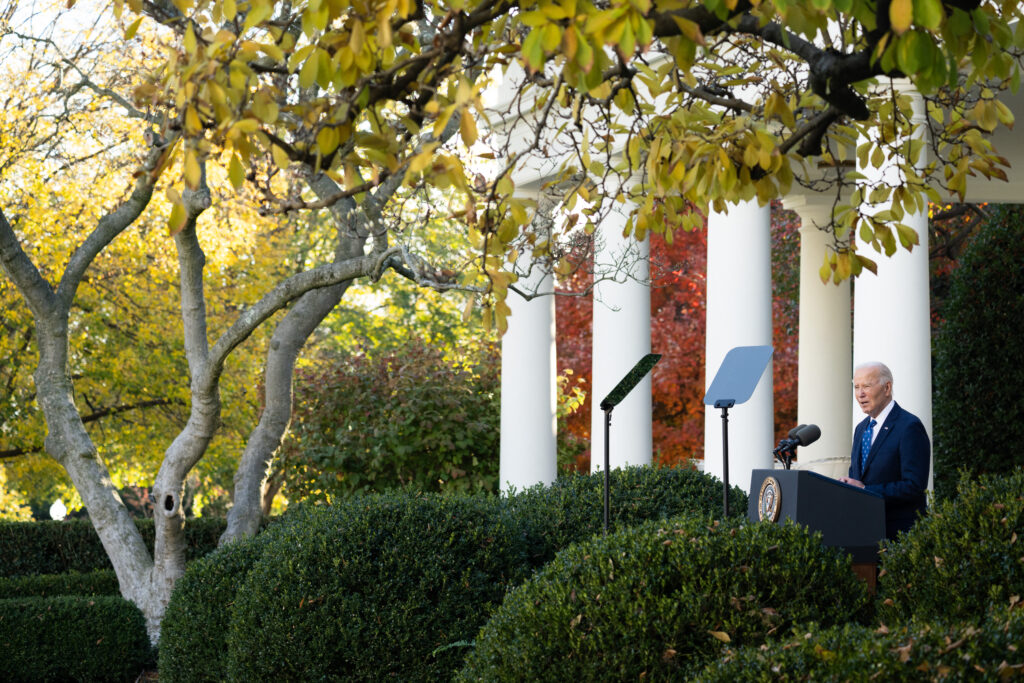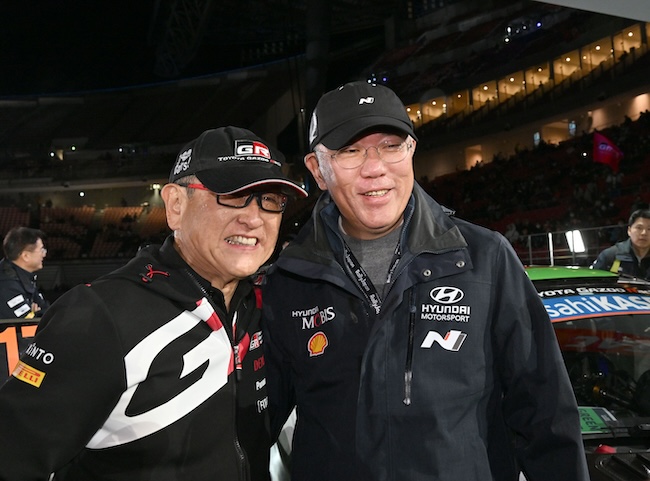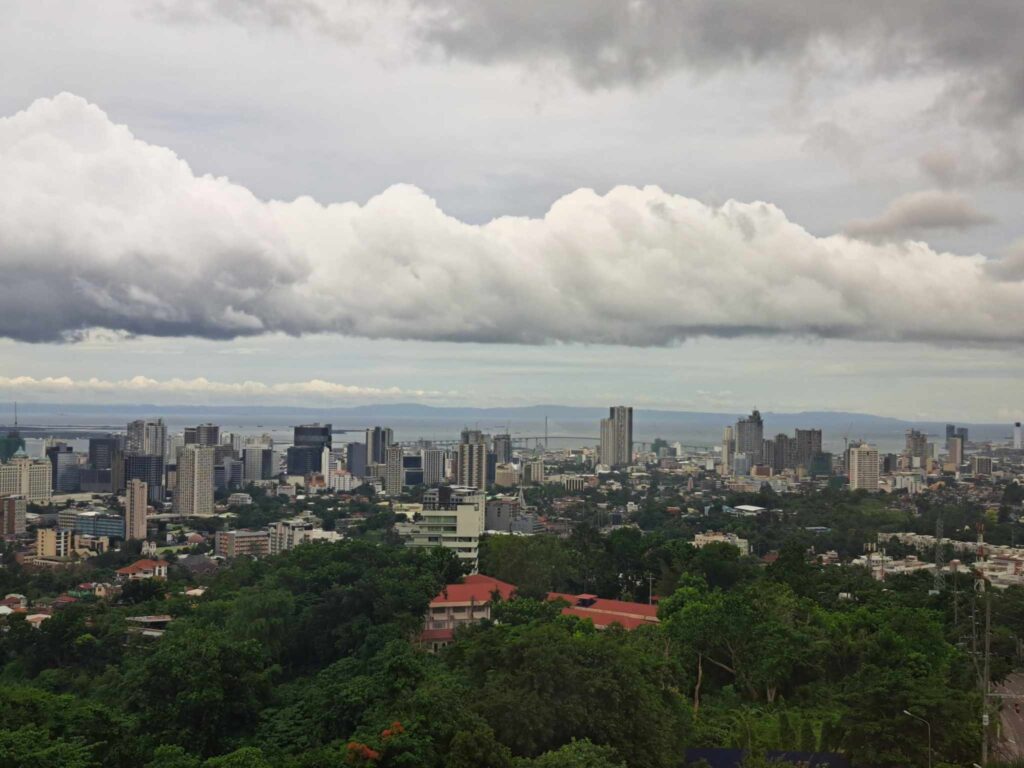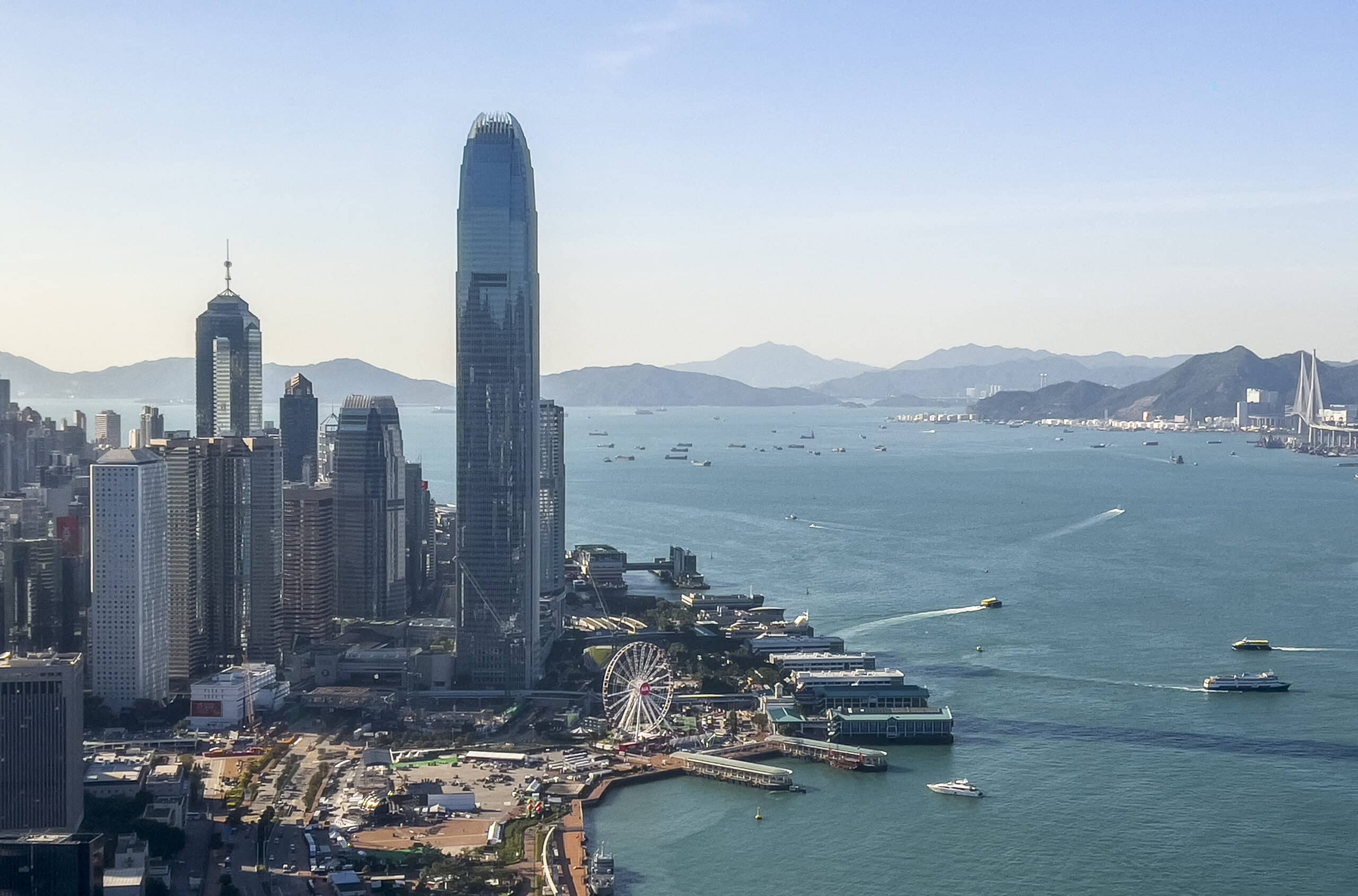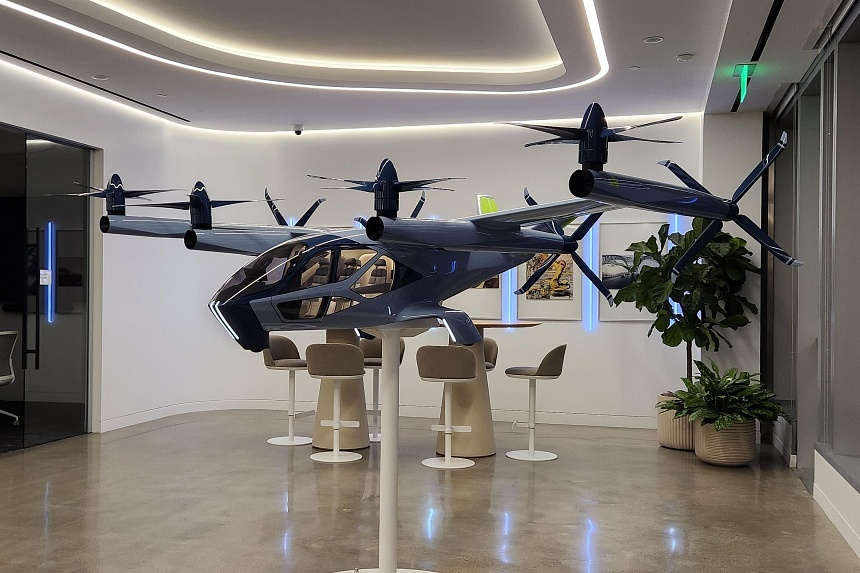
A scaled model of the S-A2 eVTOL (electric vertical takeoff and landing) aircraft which has a pilot and seats for four passengers. Hyundai's S-A2 electric vertical takeoff and landing (eVTOL) aircraft. IRVINE, CALIFORNIA - A commercial air taxi service backed by South Korean car giant Hyundai can start as early as 2028.
Its initial markets could include the United States, where an electric vertical takeoff and landing (eVTOL) air taxi prototype is being developed, and South Korea, where Hyundai is headquartered. However, the expansion of its air taxi services to other countries, including Singapore, will depend on the regulators of the various countries. The latest timeline for the Hyundai electric air taxi was disclosed at a media briefing on Nov 6 in Irvine, California at the engineering headquarters of Supernal, the Hyundai subsidiary developing the aircraft.

Supernal in January 2024 unveiled its S-A2 electric flying taxi, which is a hybrid between a helicopter and light aircraft. The company has started talking to operators interested in the aircraft and prototype flight testing is scheduled for 2026. This will be followed by certification and delivery of the first units in 2028, Supernal’s senior director of strategy and commercialisation David Rottblatt said at the briefing.
“It is an ambitious timeline”, he said, but added that it can be achieved with discipline and funding from Hyundai. Supernal’s aircraft has a pilot and seats for four passengers. It has a range of about 100km and it can cruise at 190kmh at an altitude of 1,500 ft, according to official data on Supernal’s website.
It has eight tilting rotors powered by 16 battery packs. Mr Rottblatt said that there are several uses for the electric aircraft. Operators are interested in the aircraft as an airport shuttle, “so the first and last mile legs of your journey could go from your neighbourhood to your local international airport, or you just get off your flight and then you could take an eVTOL from the airport by just switching gates, and it’ll take you closer to your home”, he said.
He noted that there are several companies in the US that have been pioneering the air taxi industry with conventional helicopters and passengers already use the service from downtown Manhattan in New York City to Newark airport or John F. Kennedy airport. The electric aircraft can also be integrated into the public transportation system for daily commutes within a city, such as in Brazil’s Sao Paulo, where demand for an alternative way to commute is rising.
Sao Paulo is also the world’s largest air taxi market. “It’s like a bee’s nest in terms of aircraft flying in all directions (in Sao Paulo), because urban sprawl has paralysed the city’s ability to move and local public transportation just can’t keep up with the demand,” said Mr Rottblatt. Hyundai is developing an eVTOL (electric vertical takeoff and landing) aircraft that has a pilot and seats for four passengers.
ST PHOTO: TOH YONG CHUAN The aircraft can also be used for sightseeing and entertainment, such as providing transportation services to and from stadiums and event venues. Mr Rottblatt said that future development plans may include upgrades so that the electric air taxi can be flown remotely like a drone or even fly by itself, and both features will allow the pilot’s seat to be replaced by two more passenger seats. This lowers the overall costs for each passenger as they will not need to pay for the pilot, while the cost of each flight can be shared among more passengers, he said.
“And so as the price point continues to fall, more and more people will be able to afford the service, and that’s how we see the growth.” For now, there are no timelines for the development of remote or self-flying electric aircraft. Supernal in February 2024 signed two memorandums of understanding with the Singapore Economic Development Board and the Civil Aviation Authority of Singapore (CAAS) to develop capabilities and expertise in Singapore and the Asia-Pacific region in the field of advance air mobility, which covers the nascent flying taxi industry.
The partnerships will drive activities including research and development, exchanging information to support safety regulatory framework and developing industry standards, Supernal said in a press release then. Responding to queries, CAAS said on Nov 5 that it recognises that air taxis can provide new opportunities for the way people work, move and live. “Regulators and regulation need to keep pace with technology to reap its benefits while ensuring public and aviation safety, and security,” said Mr Tan Chun Wei, director of unmanned systems technology, engineering and planning.
The latest timeline for the Hyundai electric air taxi was disclosed at a media briefing on Nov 6 in Irvine, California by Supernal’s senior director of strategy and commercialisation David Rottblatt. ST PHOTO: TOH YONG CHUAN In November 2023, CAAS and its regional counterparts met in Singapore and began collaboration on a framework for safety rules and standards to regulate air taxi and drone operations. Mr Tan said that after the meeting, CAAS and 23 Asia-Pacific states and administrations are jointly developing toolkits which regulators can use as references to facilitate commercial operations of air taxis and drones.
The toolkits will cover areas such as regulatory and operational frameworks, interagency cooperation, economic regulations, capability building and public acceptance. “The toolkits, targeted to be published by mid-2025, will help streamline regulatory processes, speed up approval and adoption across states, and support public education and outreach,” he said. Join ST's Telegram channel and get the latest breaking news delivered to you.
Read 3 articles and stand to win rewards Spin the wheel now.


